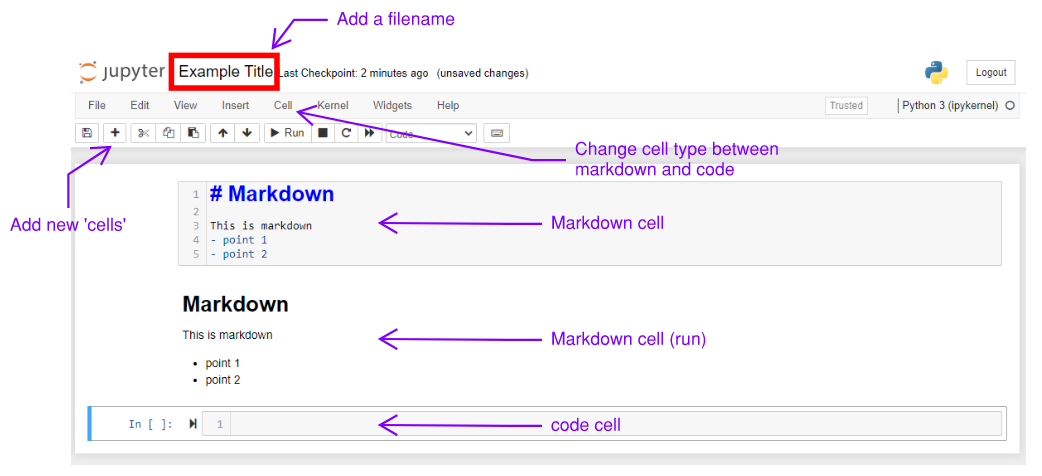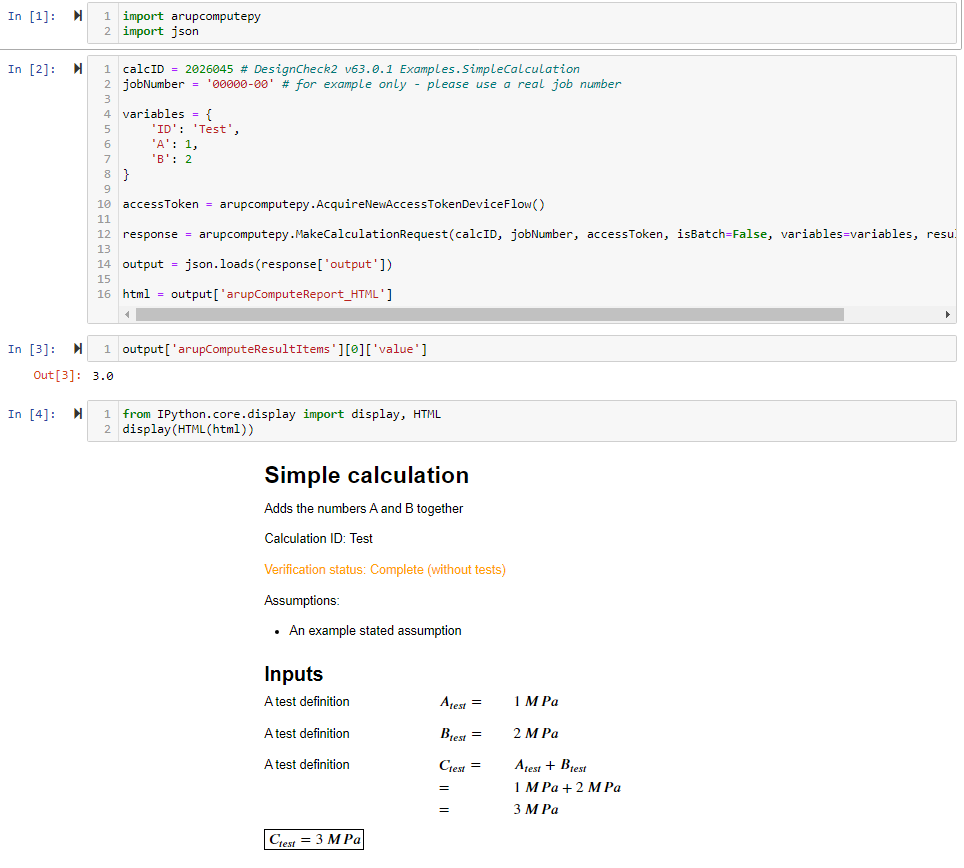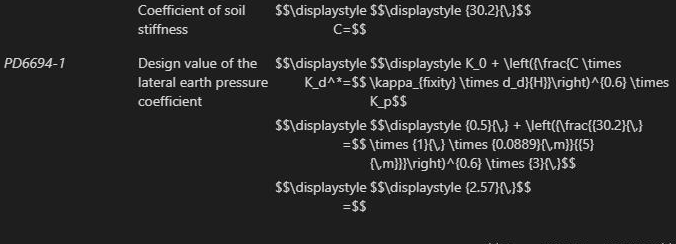Jupyter Notebook 🪐
Jupyter Notebooks (which run IPython, an interactive shell built with python) can be a great way to use arupcomputepy and have been used on previous projects.
Step 1 - Installation
Ensure you have arupcomputepy installed.
Ensure you have python🐍 and Jupyter🪐 installed.
Step 2 - Run Jupyter Notebook
In the correct directory, open up a Command Prompt.
You can open a Command Prompt in a given directory by typing cmd in the File Explorer address bar.
Now run jupyter notebook in the Command Prompt
This should automatically bring up the Notebook Dashboard in your web browser. If this doesn't happen automatically, find the URL printed in the Command Prompt.

Now create a new notebook:

Step 3 - Setup your notebook
You should begin by giving your notebook a title (which will also be it's filename).
A notebook is composed of cells. These can be either markdown or code cells. Markdown cells allow you to insert formatted text between code cells.

We cannot extensively cover the use of Jupyter notebooks here, but there are many helpful guides on the internet.
Step 4 - Start writing code
For an explanation of the below code, refer to the getting started guide.
To enable copy-paste, the code is repeated below the screen snip.

You need to remember to run each cell (shortcut: ctrl + enter) to execute the code.
import arupcomputepy
############################################################################################
# set up our connection ArupCompute
jobNumber = '00000000' # for testing only - please use a real job number
connection = arupcomputepy.Connection(jobNumber)
# Set calculation details and inputs
calcID = 5460340 # DesignCheck2 > Examples > SimpleCalculation v145.0.17 https://compute.arup.digital/calcs/5460340
variables = {
'ID': 'Test',
'A': 1,
'B': 2
}
# Note: must use 'simple' or 'full' result type to get HTML from library (the default 'mini' just returns numbers to keep response size down)
response = arupcomputepy.MakeCalculationRequest(connection, calcID, isBatch=False, variables=variables, resultType='simple')
html = response.arupComputeReport_HTML
############################################################################################
from IPython.core.display import display, HTML
display(HTML(html))
Tips
Equations not rendering correctly
If your equations aren't rendering correctly:
- Ensure you are in Chrome
- Install the
jupyterlab-katexpackage

HTML report
Reports of the Jupyter notebook can be generated with the following command:
jupyter nbconvert Experiment.ipynb --to html
Or without the code cells:
jupyter nbconvert Experiment.ipynb --no-input --to html
PDF report
First you will need to run an extra pip install:
pip install nbconvert[webpdf]
Then you can generate a PDF version of your notebook using the command:
jupyter nbconvert Experiment.ipynd --to webpdf --allow-chromium-download